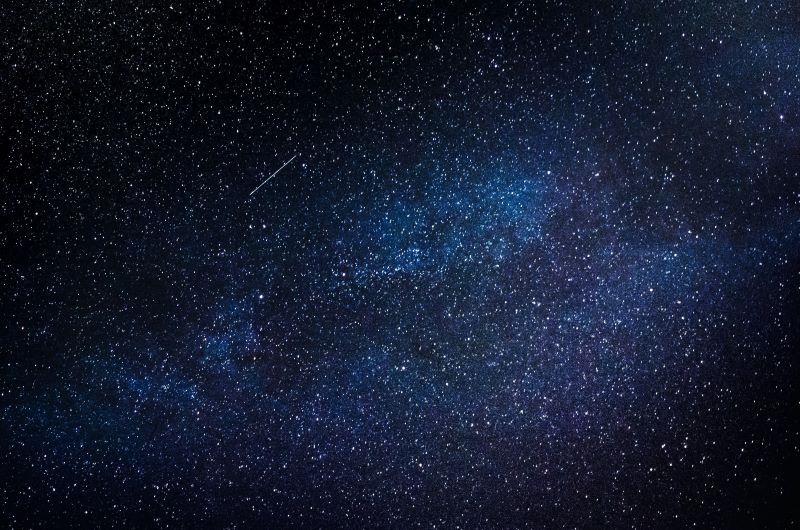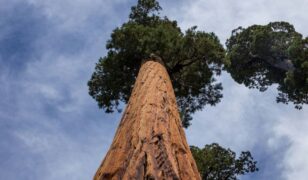NGA seeks scanning solution for 170 million historical film images
 The National Geospatial-Intelligence Agency is currently seeking a commercial solution to design, configure and build a high-speed film scanner prototype to digitize more than 170 million historical images. The advertisement will be open through April 13.
The National Geospatial-Intelligence Agency is currently seeking a commercial solution to design, configure and build a high-speed film scanner prototype to digitize more than 170 million historical images. The advertisement will be open through April 13.
The agency is using the Other Transaction Authority option to seek a prototype of the new scanner. OTAs provide the authority to work with non-traditional providers for research and development and prototyping activities.
If successful, the prototype will help NGA catalogue historical imagery of aerial and satellite film missions from 1935 to present. This includes imagery from the KH-7, KH-8 and KH-9 satellites, which provided classified, high-resolution imagery to the U.S. intelligence community from 1963 to 1986.
NGA wants to use the immense digitized datasets from the imagery to assist in predictive analysis and automated target detection.
“We want to use the data for change detection, understanding how the Earth has changed over the last century,” said Charli Lacagnina, an NGA researcher who is the project manager for the scanning solution.
Lacagnina said any algorithms and analytics developed from the data could lead to a host of new applications.
“We’ve never had pictures of the Earth over this volume of time, so there’s a lot of opportunities for the government and industry to partner on new capabilities,” she said.
NGA’s current challenge is that the film is stored in warehouses and can only be scanned one image at time.
“The goal for the solution is to get new and novel approaches for rapidly scanning historical film,” said Lacagnina. “This project is an effort to digitize all of our holdings for large scale utilization.”
In order to streamline the OTA process, NGA has entered into an agreement with SOSSEC, which manages a consortium where all current NGA OTA opportunities are posted. Only members of the SOSSEC consortium may propose solutions. For more information about how to join the consortium and propose solutions for NGA, log onto the SOSSEC website.
Source: NGA







